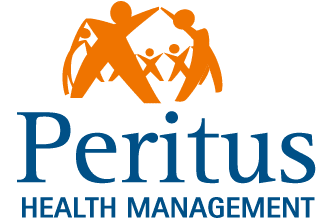Despite musculoskeletal disorders being accountable for around half of all sickness absence, a recent report by Welbot1 showed that 70% of respondents were failing to prioritise interventions related to musculoskeletal wellbeing within their workplace wellbeing programme.
The report was based on an audit of workplace wellbeing strategies, allowing organisations to evaluate their wellbeing strategies and identify emerging trends. What came through was that while big strides have been taken in addressing mental health, musculoskeletal interventions were falling short in terms of a strategic plan.
The annual report by CIPD2 into Health & Wellbeing at Work showed that for both long-term and short-term sickness absence, 48% of absences were attributed to musculoskeletal injuries.
So, what can you do to make sure you’re meeting your health and safety responsibilities and ultimately protecting your workforce from potential risks?
In the event of an existing injury, a clear referral pathway is key. Referral to Occupational Health at the earliest opportunity can allow for a full assessment of symptoms, identification of treatment options and reasonable adjustments that can minimise or remove hazards to health. Interventions may include physiotherapy for treatment of immediate symptoms and ergonomic risk assessments to identify safer ways of working that eliminate or reduce harmful working practices. This will help you meet your legal obligations as an employer to protect your most valuable assets: your employees.
To find out how we can help you, please call 01484 722 444 or email admin@peritushealth.com.
For further information on proactive Musculoskeletal Disorders strategies, you can download our PDF resource below:
References:
- Welbot Workplace Health and Wellbeing Audit Report, 2021
- (2021) Health and wellbeing at work survey 2021. London: Chartered Institute of Personnel and Development.



